What is the Best Wood for a Hammock Stand? (With Pictures)
-
Pete Ortiz
- Last updated:
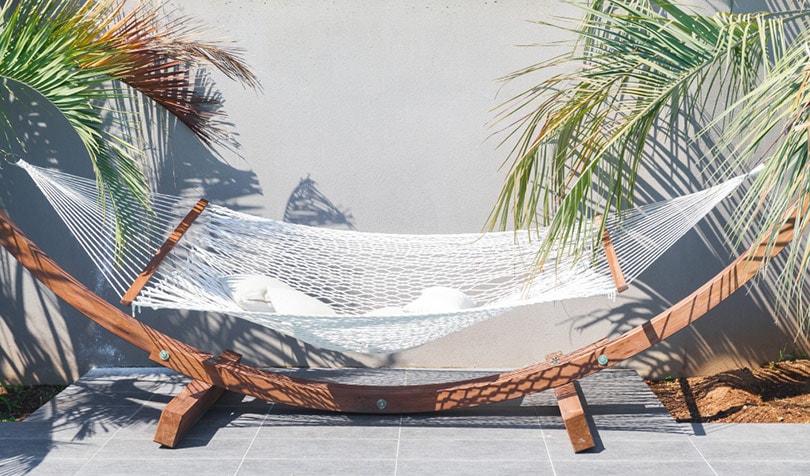
A hammock is great for relaxing—especially during the summer months. You can sunbathe, read, and even do some work in it. For utmost comfort, you will need a good hammock stand.
Wood is the main material used to make hammock stands. But what type of wood makes a good stand? When searching for the best wood for a hammock stand, the first consideration should be durability and safety. It doesn’t take long for screws to get loose. Accidents are bound to occur when this happens. That’s why it’s crucial to use wood that will last, keeping everyone safe and secure when using it.
The best wood for a hammock stand is a tropical hardwood that can be treated to resist rot. Bamboo is an excellent choice in this case because it’s strong, lightweight, and inexpensive. Besides, this material is green, meaning you’re taking care of the environment by using it. Cypress is also a durable choice. But it does not have the strength-to-weight ratio of bamboo. But other types of wood can be used as well.
In this article, we discuss the ideal wood for a hammock stand and other related questions.
The 6 Best Types of Wood Ideal for a Hammock Stand
1. Bamboo
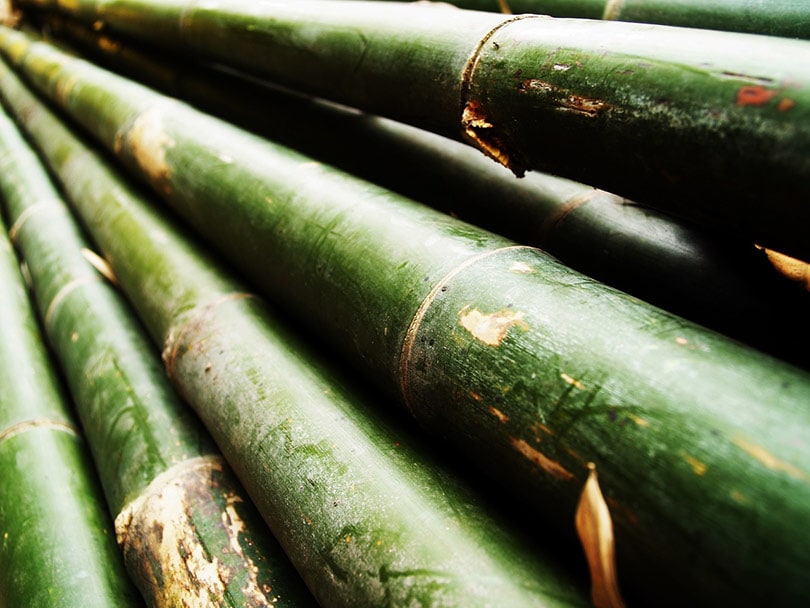
Bamboo is the strongest, most moisture-resistant wood for making hammock stands. The tensile strength of bamboo surpasses that of mild steel. It is also lighter than most hardwoods and grows fast.
Besides, bamboo is naturally flexible and pliable. It makes it ideal for stringing up between two posts. Bamboo poles also hold up well under pressure. They are strong enough to support heavier weights. These qualities make bamboo an excellent choice for a hammock stand.
2. Cedar
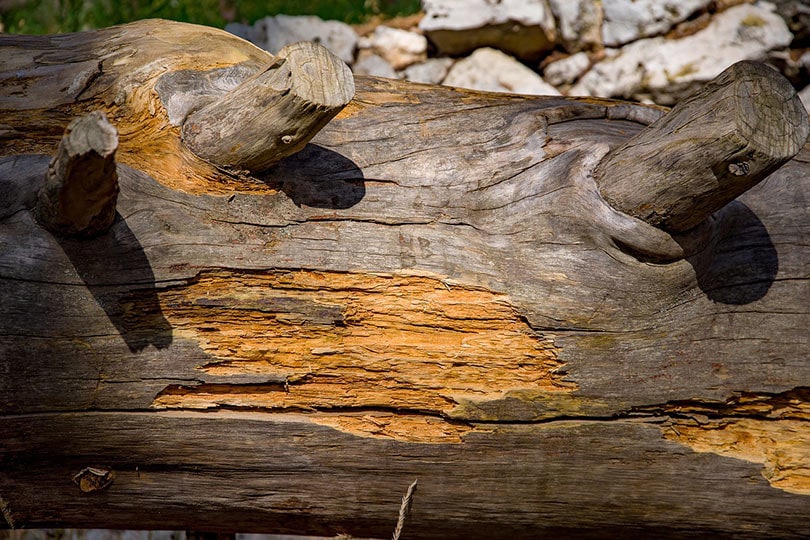
Cedar is also among the best woods for a hammock stand. It’s naturally resistant to rot, decay, and insects. Similar to many other types of wood, you can use cedar in its natural form. You can also stain and seal it to protect it from the elements if it’ll be exposed to harsh weather.
This type of wood is known for its durability and resistance to damage caused by moisture and other elements. So, it makes an ideal choice for any outdoor furniture. It’s also lightweight. So, it won’t be too difficult to transport or position a cedar hammock stand.
Usually, there are two types of cedar available-the western red cedar and aromatic cedar. Aromatic cedar has a distinct smell that may be more noticeable.
3. Redwood
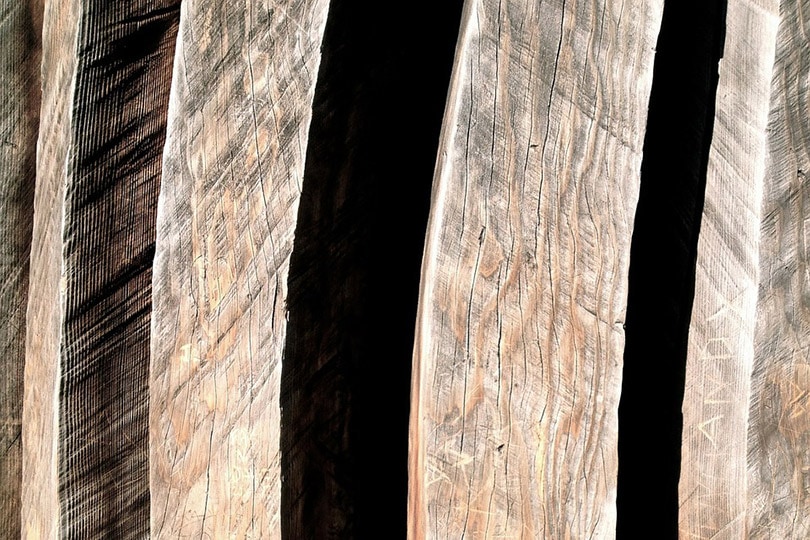
Redwood is a softwood that grows only in California and Oregon. The trees grow fast and have few knots or imperfections in the wood. This wood is ideal for making hammock stands owing to its rot and insect resistance because of its high tannin content.
The wood has a reddish-brown color with hints of orange and yellow, which makes it attractive and practical. It is an excellent material for outdoor projects. It will hold up well even when exposed to direct sunlight and rain. It is resistant to warping, twisting, cracking, and checking (splitting).
Redwood hammock stands are durable and need little maintenance. They should not be painted or stained as they will age over time to a beautiful silver-gray color.
4. Heartwood Grade
Heartwood is the best grade of lumber. It’s made from the dead core of the tree and is denser than other grades. It resists decay and pests. That’s why it’s ideal for outdoor furniture, such as hammock stands.
Heartwood is stronger than sapwood but also harder to find. The most common type of heartwood used for hammock stands is teak wood because it is strong and durable. The only drawback is that it is more expensive than other grades.
5. Pine
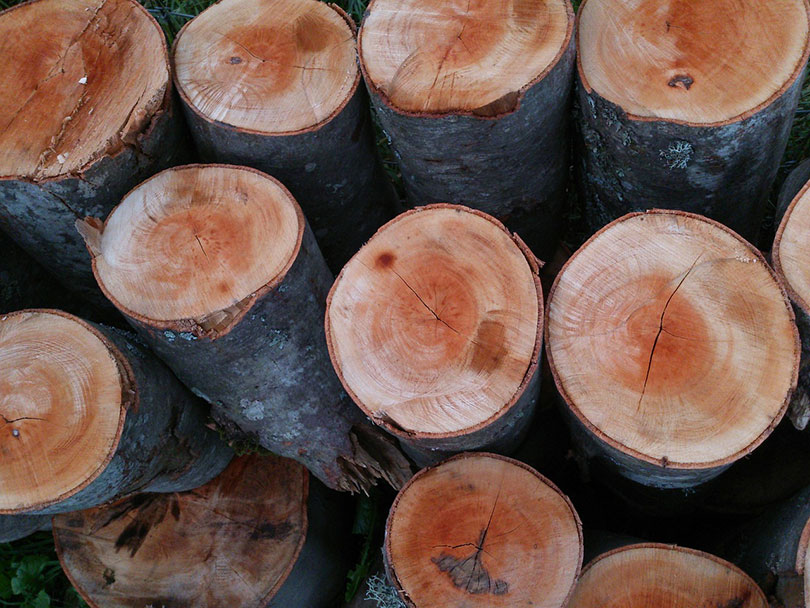
Pine is softwood that comes in yellow, white, and red varieties. Its light color makes it easy to stain or paint. The low cost of pine makes it an excellent choice for your hammock stand.
But you’ll need to replace the pine within two years if it’s not well maintained and protected from the elements.
Pine is often pressure-treated with chemicals. These chemicals can give off toxic fumes if the wood is burned or ground up. But these concerns aren’t an issue with a hammock stand.
Pine is used in furniture because of its beautiful, natural appearance. Hammock stands made from pine can be excellent additions to backyards and other outdoor spaces.
6. Oak
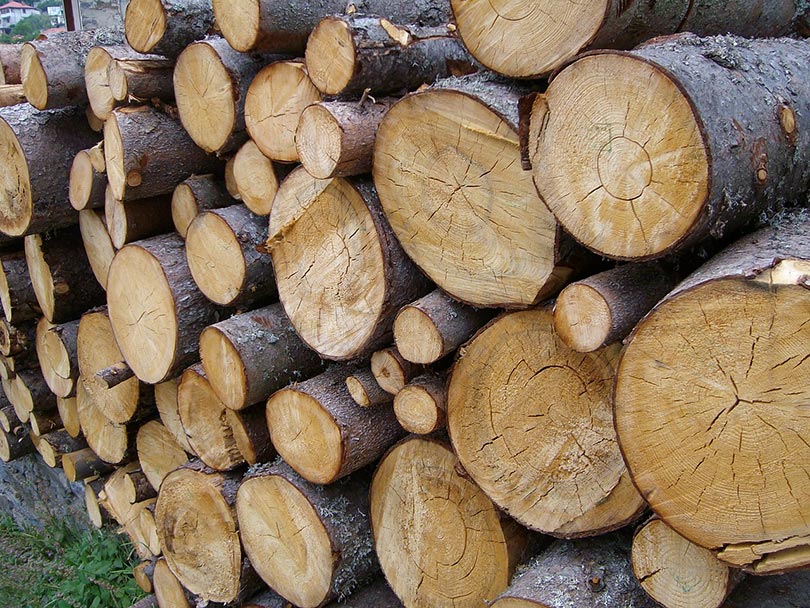
Oak is naturally resistant to rot. You don’t need to worry about varnishing or painting your hammock stand to protect it from the elements. It has a beautiful grain which gives your hammock stand a sense of natural beauty and charm.
Usually, oak hammock stands are more expensive than pine stands. But they are worth the extra money if you want your hammock stand to last for years without needing to be treated or replaced.
What Are the Benefits of Wooden Hammock Stands?
A wooden hammock stand can be an excellent way to bring a bit of rustic luxury to your backyard. You don’t have to worry about finding the right tree or making sure that you’re using a sturdy limb.
The wood stand supports the weight of the hammock and the person on it. With some thought given to where you place it, you’ll have an instant relaxation spot for many years to come.
Here are several benefits of wooden hammock stands.
They’re durable and potent
One of the main reasons people opt for wooden hammock stands is their strength and durability. Most of the wooden stands are made from sturdy wood, strong enough to withstand any weather condition without getting deformed or broken. A high-quality wooden stand can last for several years without any issues if it’s well maintained.
They can fit any hammock type and size
Another benefit is that wooden hammock stands can fit any hammock. It’s because there are no limitations in size. On the other hand, metal frame hammocks can only support certain types and sizes of hammocks.
Wooden hammock stands are budget-friendly
Wooden hammock stands are more affordable than metal hammock stands. Most come in kits that include all the hardware needed to build them.
It makes it easy to set up and take it down when you want to store it in the off-season. It saves money rather than having professionals build you a custom hammock stand for your backyard or patio area.
They blend in with the surroundings
Wooden hammock stands blend in with the surrounding landscape. If you have a wood deck or patio, wooden hammock stands fit right in, complementing your other outdoor furniture.
What to Consider When Buying Hammock Stands
If you’re looking for a hammock stand, there are a few things to consider as seen below.
Wood or metal
If you choose a wooden stand, make sure it’s made of rot-resistant wood such as cedar or bamboo. You can also look for a hammock stand with stainless steel hardware to avoid rusting. An aluminum hammock stand is also ideal. It’s lighter than steel and won’t rust.
Size
The size of the hammock stand should match the hammock it will hold. A too-small stand can be unstable. On the other hand, a large one may be unsightly or challenging to move around.
Most hammocks are nine feet long and four feet wide. Most stands are between 10 and 15 feet long and 4 feet wide. The longer the hammock, the longer the hammock stand should be. It prevents sagging in the middle.
Space
This is arguably a crucial factor to consider when choosing a hammock stand. Find out what hammock stand size will fit in your space. Also, consider how long of a hammock stand you can buy while still being able to use it comfortably.
Weight capacity
The weight capacity of the stand will vary depending on what type of hammock it is holding. If you’re using your hammock with many people, make sure that the hammock stand can hold the weight.
Height
Some hammock stands are designed taller than others. In most cases, they are more than eight feet tall. Consider your height when shopping for a hammock stand. If you’re taller than six feet, opt for a higher stand. This way, you won’t be cramped when lying down. These tall hammock stands also help make getting in and out of the hammock easy.
Portable or Stationary
Some hammock stands are portable. They fold up for easy storage or transport, while others are stationary and can’t be moved around.
Do you want the option of moving your hammock from your back deck to the campground? Do you want something that stays put in your backyard? You’ll be spoilt for choice.
Conclusion
So, what’s the best wood for a hammock stand? In the end, finding the best material for your project depends on several factors. After all, each of these woods has unique characteristics that make them the best for a hammock stand.
Cedar and bamboo are among the strongest woods commonly used in creating a hammock stand. Besides being strong, they also have antibacterial and insect-repelling properties. The others listed also make great stands, thus the choice boils down to personal preference.
Featured Image Credit: Evannovostro, Shutterstock
Contents




